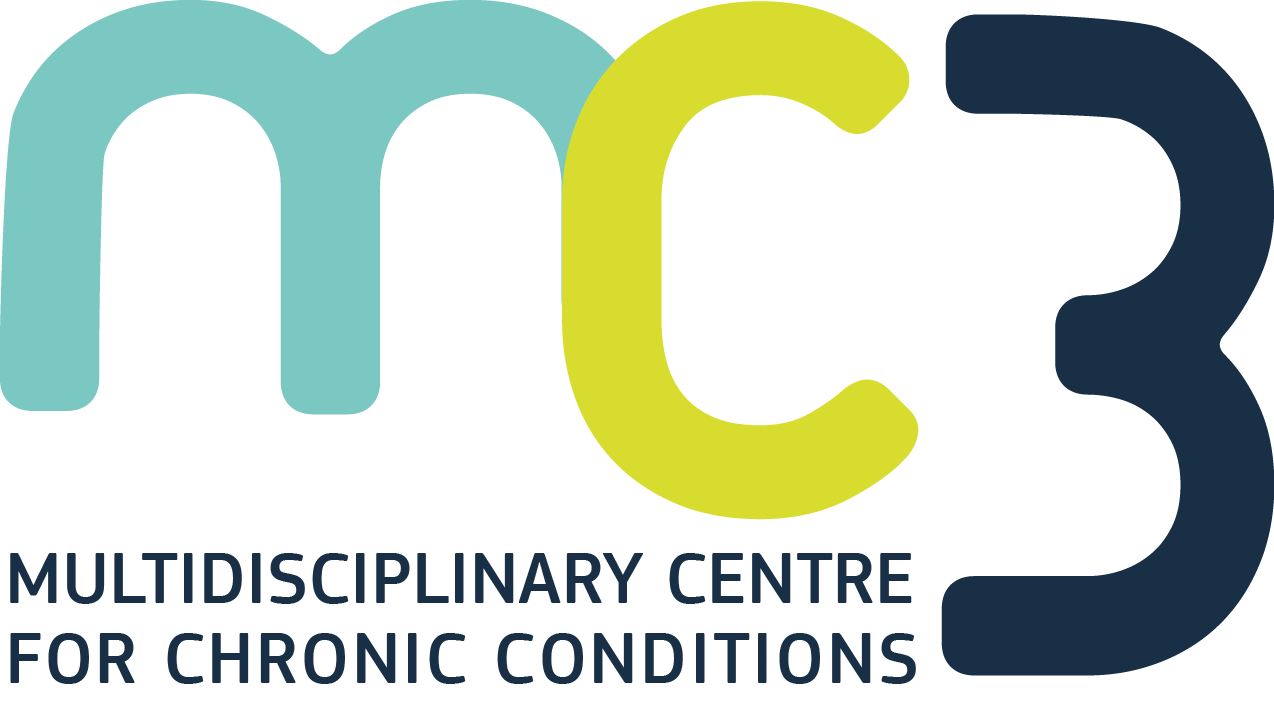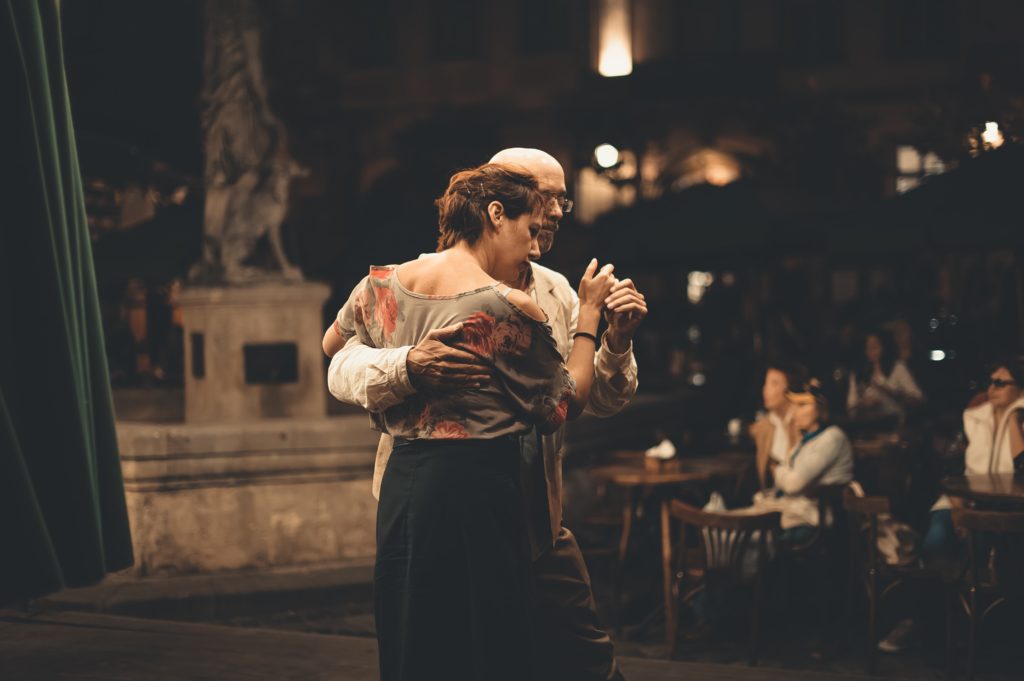It is well known that physical activity is necessary for our health, but not everybody enjoys exercising. Therefore, it is important to find the activity which suits you best and equally important is to stick with it.
What about dancing? Well, some say that they can´t dance, that they don´t like others watching them dancing, and so on. Yes, that´s true… but who doesn´t like to spend time at home while listening to good music and moving one´s body to the rhythm?
Maybe dancing is one of the best ways to maintain physical activity. As an example, dancing to groovy music leads to increased feelings of pleasure and development of emotional regulation processes. Accordingly, it could be an approach to psychological well-being and suggests a potential for the use of dancing in therapeutic settings. Dancing also has an impact on numerous other aspects, for example, movement coordination, spatial orientation, endurance, balance, interaction, and communication. Furthermore, if a person learns new choreographies, there is a constant learning process. Lastly, dancing has a positive impact on structural changes and functions of the brain, such as improved body balance, attention, memory, as well as increased volume of grey matter, and hippocampal volume white matter integrity. This happens due to the fact that various motor, cognitive and somatosensory areas of the brain are involved in the process of dancing.
Scientists from the University of Limerick (Ireland) conducted research focused on dancing in patients with Parkinson’s disease with 90 participants. Half of them attended a 1.5-hour dancing class each week for 10 weeks and undertook a home dance program for 20 minutes, 3 times per week, and the second half of participants – the usual care group continued with their usual care and daily activities. They found that dancing is feasible and enjoyable and may improve the quality of life in patients with Parkinson’s disease. Another study conducted in the United Kingdom was focused on regular ballroom dancing. There were twenty-three community-dwelling older adults which took part in a 12-month study. To conclude, ballroom dancing can improve well-being, balance, and reduce falls risk as part of an active lifestyle.
So if you don´t like other physical activities, dancing is equally effective than most types of exercise and in some cases even more. Due to this, physicians can recommend dancing as a good, safe, and effective alternative to exercising. Research has confirmed that dance interventions improve blood biomarkers, body composition, and musculoskeletal function. Additionally, it has a similar effect on cardiovascular function and self-perceived mobility like other interventions focused on different kinds of physical activity. We can conclude that dancing is a low-cost and easily accessible non-pharmacological intervention.
If you don´t know how to start, just pick a dance class near you and join the first lesson to see if you enjoy the activity. In case you don´t like public dance classes, you also can use technology to find dance videos on the internet, or try to download dance apps to your mobile phone. Alternatively, you can look into gaming consoles such as Xbox and PlayStation. These consoles provide dancing games where your body and physical activity are monitored – all while the dancing motions are directly integrated into the game. So many effective apps and also games are based on achievements and rewards and it helps you to persevere in dancing and to help your body, soul, and mind to feel better and healthier. However, if you don’t want to look for or deal with anything, you can just turn on the radio and start moving to the rhythm of any song.
So what about taking your partner to dance lessons or dancing at home to the music you love? It‘s easier and more fun than you think, while at the same time it improves your physical and mental well-being. Text by: Jana Buckova
Read more
Bernardi, N. F., Bellemare-Pepin, A., & Peretz, I. (2017). Enhancement of pleasure during spontaneous dance. Frontiers in human neuroscience, 11, 572.
Blackler, A., Desai, S., Swann, L., Chamorro-Koc, M., Moyle, G., & Stephens, M. (2019). Using technology to enhance and encourage dance-based exercise. Heliyon, 5(3), e01241.
Chipperfield, S. R., & Stephenson, J. (2020). Ballroom Dancing for Community-dwelling Older Adults: A 12-month Study of the Effect on Well-being, Balance and Falls Risk. Activities, Adaptation & Aging, 1-17.
Rehfeld, K., Lüders, A., Hökelmann, A., Lessmann, V., Kaufmann, J., Brigadski, T., … & Müller, N. G. (2018). Dance training is superior to repetitive physical exercise in inducing brain plasticity in the elderly. PloS one, 13(7).
Yan, A. F., Cobley, S., Chan, C., Pappas, E., Nicholson, L. L., Ward, R. E., … & Wewege, M. A. (2018). The effectiveness of dance interventions on physical health outcomes compared to other forms of physical activity: a systematic review and meta-analysis. Sports Medicine, 48(4), 933-951.
Shanahan, J., Morris, M. E., Bhriain, O. N., Volpe, D., Lynch, T., & Clifford, A. M. (2017). Dancing for Parkinson disease: a randomized trial of Irish set dancing compared with usual care. Archives of Physical Medicine and Rehabilitation, 98(9), 1744-1751.
Teixeira-Machado, L., Arida, R. M., & de Jesus Mari, J. (2019). Dance for neuroplasticity: A descriptive systematic review. Neuroscience & Biobehavioral Reviews, 96, 232-240.
Photo by: Maksym Kaharlytskyi on Unsplash: https://unsplash.com/photos/H0rpqkUlmWk




